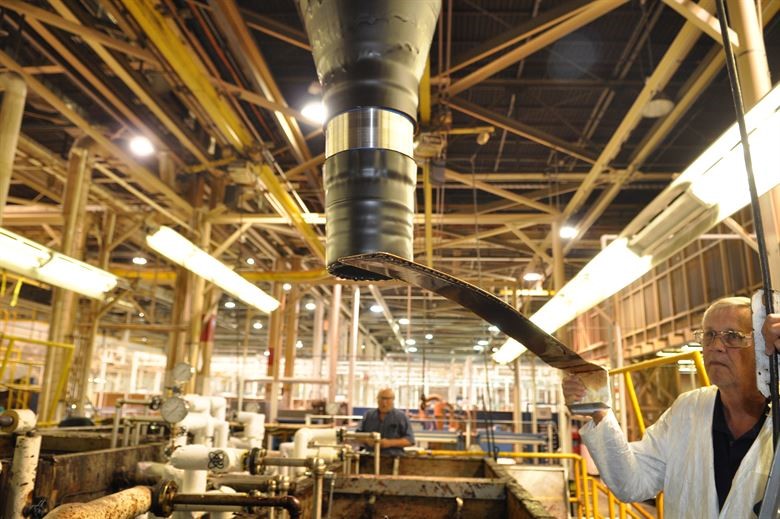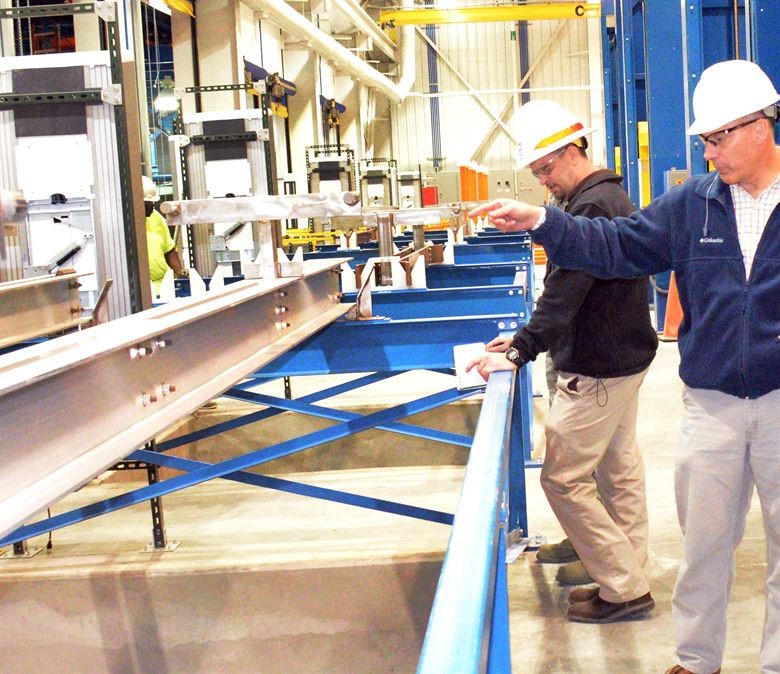With the wide range of finishing treatments available, engineers can specify processes that make an end product more durable and corrosion-resistant. Electroplating, hot dipping and chemical reaction processes can all be used to enhance the functionality of a product.

The following six surface treatments provide enhanced electrical or mechanical properties.
1. Electroplating
Electroplating deposits a thin layer of metal on the substrate by passing a positively charged electric current through the metal ion solution and a negative current through the metal plate. The resulting metal plating enhances the performance of the substrate, which can be plated with a wide range of materials including copper, tin, zinc and gold.
2. Anodic oxidation
Used for light metals like aluminium and titanium, this type of surface treatment deposits an oxide film through a process of electrolysis. Dyes and colouring agents may be used to further improve appearance and will also prevent corrosion. This type of coating can also be specified in various thicknesses that provide an extremely hard-wearing result.

- Chemical treatment
These complex surface treatments deposit a thin film by process of chemical reaction and are primarily used for improved resistance to corrosion and priming surfaces to be painted. An example of a chemical reaction is black oxide treatment. Chemical reactions can also change the appearance of the metal for improved aesthetics.4. Hot dipping
As the name suggests, this process involves dipping the substrate in dissolved tin, zinc or aluminium to create a metallic film. Steel is often galvanised using a hot dip process involving molten zinc, which creates a highly corrosion-resistant and aesthetic surface.5. Vacuum plating
Several common metal finishes, such as sputtering and ion implantation, use a vacuum as part of the plating process. The substrate is placed in a vacuum chamber and metal ions are deposited on the surface in a highly controlled process that delivers a durable and long-lasting finish.6. Painting
Painting is the most commonly specified treatment when engineers require corrosion resistance and an enhanced appearance. Many different techniques can be used to apply a painted surface, including powder coating, spray painting, coating and dipping. Different paint formulations to provide protection in the harshest environment can also be specified. Automated spray painting is used in the automotive industry to create highly consistent results over millions of vehicles.ca
